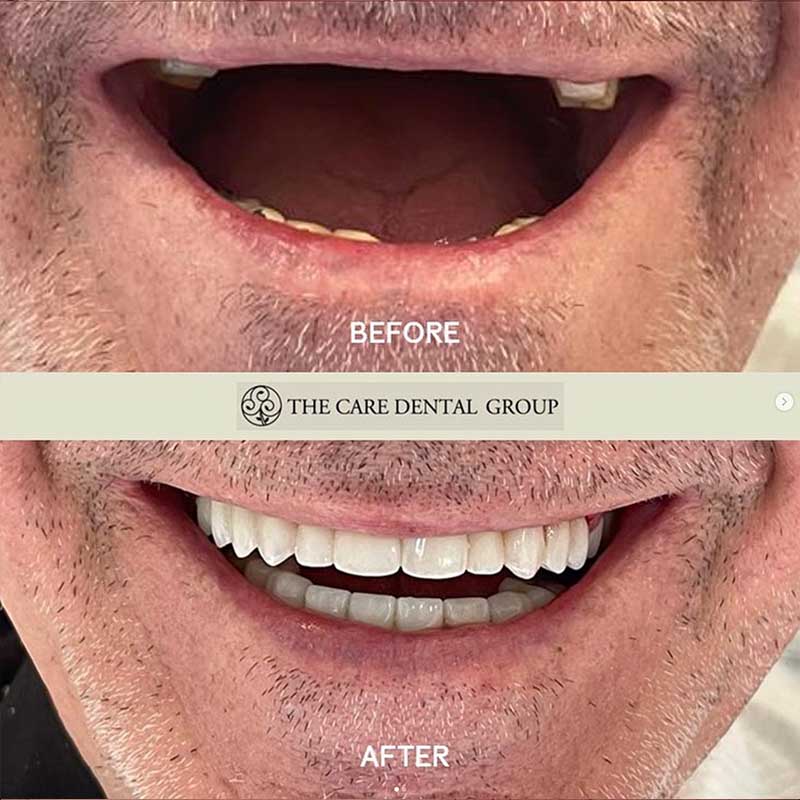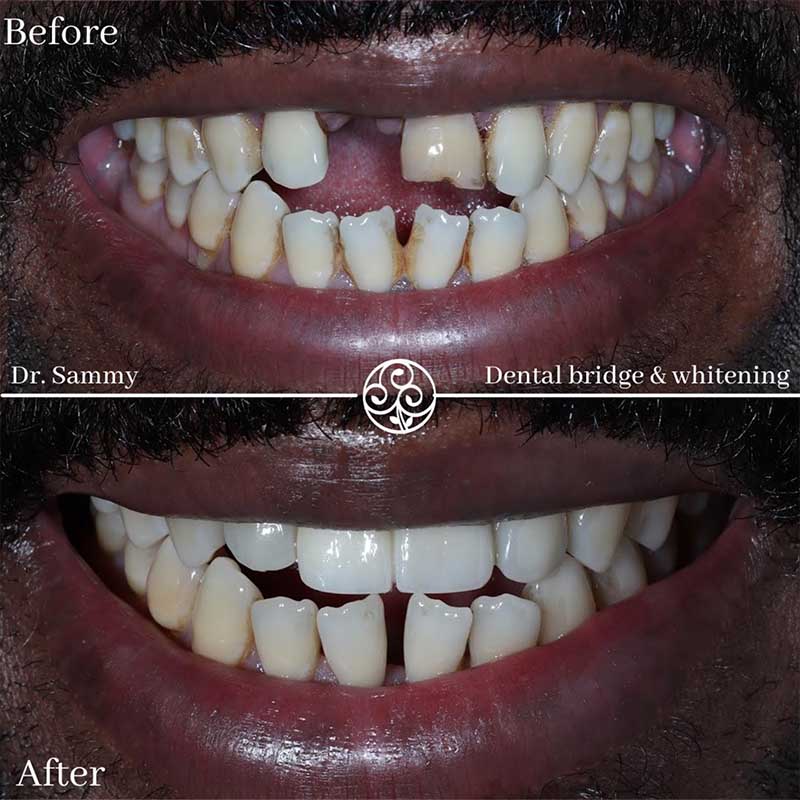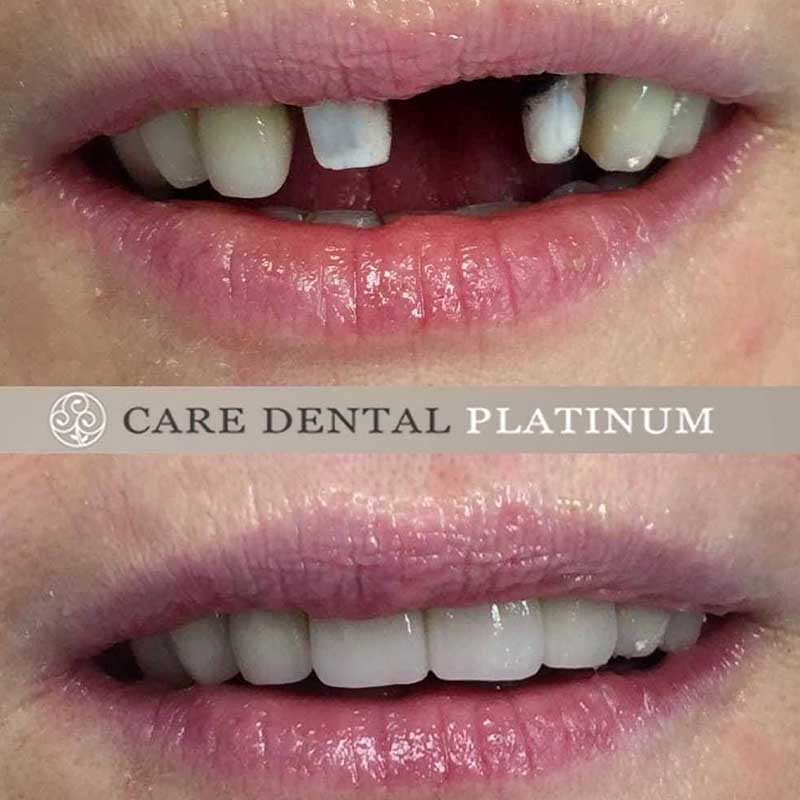-
How do dental bridges work?
They bridge the gap created by a missing tooth or teeth, to restore the appearance and function of the mouth. A dental bridge consists of two or more crowns, which are placed on the teeth adjacent to the gap, and a false tooth or teeth, suspended between the crowns. The crowns act as anchors, holding the false tooth or teeth in place. The false tooth or teeth are custom-made to match the color and shape of the natural teeth, ensuring a seamless and natural-looking result.
-
When does a dental bridge become necessary?
A dental bridge is necessary when a person has one or more missing teeth. It not only restores the appearance of a complete smile but also helps to maintain proper bite alignment and prevent the shifting of surrounding teeth.
-
What are the different sorts of dental bridges?
Traditional dental bridges are the most common type and involve creating a crown for the tooth or implant on either side of the missing tooth, with an artificial tooth in between. Cantilever bridges are used when there is only one adjacent tooth to support the bridge. Implant-supported bridges are used when multiple teeth are missing. This involves placing implants to support the bridge.
-
How long do dental bridges last?
Dental bridges can last from 5 to 15 years. But this can be extended via regular dental check-ups and proper oral care.
-
How do I look after my dental bridge?
You’ll need to clean around the dental bridge, paying attention to the area where it meets your natural teeth. Additionally, flossing daily is crucial as it helps remove plaque and food particles that can accumulate around the bridge.
-
Is it painful having a dental bridge fitted?
As we use our specialised ‘Enjoyable Dentistry Technique™’ on all patients who are having bridges fitted, so you can expect a relatively relaxing and comfortable experience.
-
Will I find eating difficult after having a dental bridge fitted?
After having a dental bridge fitted, it is common to experience some difficulty with eating initially. This is because the mouth needs time to adjust to the new prosthetic and the altered bite. Most patients are able to resume normal eating habits within a short period of time. It is important to start with soft foods and gradually introduce harder textures as the mouth becomes accustomed to the bridge. It may also be helpful to cut food into smaller pieces and chew on both sides of the mouth to distribute the pressure evenly.
A solution to gaps due to tooth loss
At the Care Dental Group, we value preventive treatment by seeking to preserve the health of your teeth. However, where you would like to ‘bridge the gap’ between your teeth, our fantastic dentists are experts in finding the best and most natural option to match the rest of your teeth.
Benefits of Dental Bridges
- Effective solution for replacing missing teeth.
- Restores a patient’s smile and oral health.
- Enhances chewing ability.
- Restores smile confidence.
- Prevents jaw problems.
Our treatment process
Before & After Results - Dental Bridges



FAQs
-

“I felt super anxious about getting my wisdom tooth removed but Dr. Bashar made me feel at ease. It was the most blissful wisdom tooth removal ever! Didn’t feel a thing & left elated. Thank you to the entire team for being so kind, helpful & reassuring.”
Suad Abdinasir
-

“I definitely recommend this amazing clinic! I have been a customer for almost a year now and I would never go everywhere else. Dr Rubina is excellent and understood my needs from the first appointment to the last one. She makes you feel very relaxed at all times and helps you achieve the final result requested. I definitely recommend her. The staff, in particular Ines, is really friendly and professional and I am 100% satisfied with the service provided.”
Angela Cortile
-

“Dr Rubina is just amazing!! The advice given and the care she took while performing were great! I felt safe and confident from the get go! And results are speaking for themselves. Top notch!!”
Leyla Mohamed-hamroun






